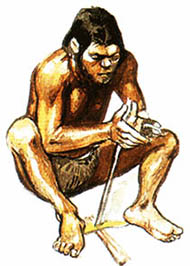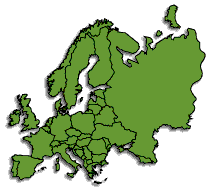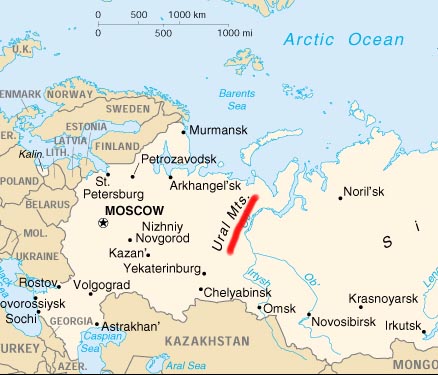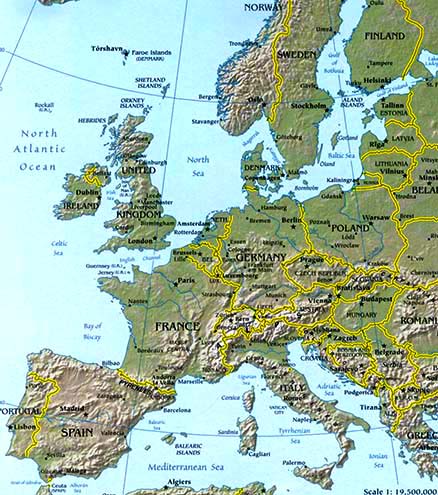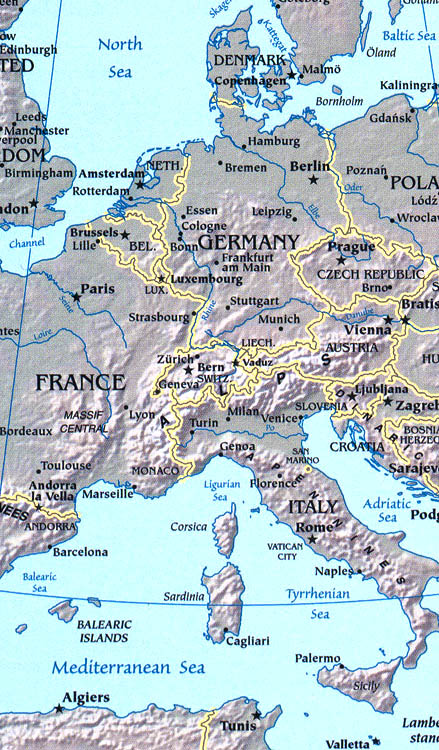6:28 PM Europe Map | ||||
#european travel # EuropeEurope HistoryAs for Europe, a brief chronological account of its significant events begins during prehistoric times with the emergence of Homo sapiens (early man), roughly 40,000 years ago. Early inhabitants during the Paleolithic Age, in an effort to survive, grouped together into small societies such as bands, and subsisted by gathering plants and hunting for wild animals.
The practice of cultivating the soil, producing crops and raising livestock began in the Neolithic Age some 9,000 years ago; stone tools were used and people began to live in small groups, or villages. As man continued to journey east-to-west across Eurasia (a combination of Asia and Europe), knowledge of tools and new methods of organization arrived; civilizations flourished as metal axes and arrowheads improved survival. In the 8th century BC, Greece began to emerge from the Dark Ages. Classical Greek culture had a powerful influence on the Roman Empire, which carried a version of it to many parts of the Mediterranean region and Northern Europe. In short, the Greek culture provided the foundation of modern Western culture. Of the great civilizations to develop in Europe, the previously mentioned Roman Empire certainly had the most lasting influence. During its often tumultuous 500-year period of innovation, it changed the continent and had a profound and lasting influence on the development of modern architecture, language, law and religion. After its collapse, the Eastern Roman Empire survived (285-1450) as the Byzantine Empire. In Western Europe, a wide series of tribes and tribal alliances moved into positions of power in the remnants of the former Roman Empire; small kingdoms were established, and the geography of Western Europe was about to change. The Kingdom of the Franks was a southeastern European territory inhabited and ruled by the Franks. They would evolve into the Kingdom of France, and parts of it would morph into the Holy Roman Empire, a forerunner to the Germany we know today. Anglo-Saxons soon crossed (what is now) the English Channel to southern Britain and established a series of kingdoms in what would eventually develop into the Kingdom of England by AD 927; 100 years later the Kingdoms of Poland and Hungary would also take shape. The Viking Age in Northern Europe and Scandinavia spanned the late 8th to mid-13th centuries. With little interest in land acquisition, the Scandinavian (Norse) Vikings aggressively explored Europe for trade and riches. The Vikings also reached Iceland, Greenland, Newfoundland and Anatolia (Turkey). The Normans (a Viking people) gave their name to Normandy, a region in northern France. Initially emerging in the first half of the 10th century, they had a significant impact on many parts of Europe, from the Norman conquest of England to southern Italy and Sicily.
By the end of the 15th century, great powers emerged in Europe, with England, France, The Netherlands, Portugal and Spain playing predominant roles in global affairs from the 15th century onward, especially after the beginning of colonialism. The European colonial period, the 1500s to the mid-1900s, was the era when the European powers mentioned above established colonies in Asia, Africa, and the Americas. Between the 16th and 20th centuries, European nations, at various times, controlled the Americas (north and south), most of Africa, Oceania and large portions of Asia. As people craved freedom across the globe, the European colonial era began to fall apart. Specifically the British Empire, the first genuinely global empire, began to lose its powers in Africa, India and much of the Middle East, and they soon crumbled away. Also damaging to the continent were World Wars I and II, as they were largely focused upon Europe. The enormous costs of both wars greatly contributed to a decline in Western European dominance in world affairs, and some Eastern European countries have not yet fully recovered. After the Berlin Wall came down on November 9, 1989, and after the fall of the Soviet Union in 1991, Europe certainly changed for the better. European cultures and factions soon integrated, the Council of Europe was formed and the European Union (EU) blossomed in Western Europe. Today, it's safe to say that Europe is a major economical and political center of power. As for its people, they are an innovative, optimistic and resilient group who changed our world for the better more than once, and surely they will do it again. Europe Geography FactsFor additional geography details please use the yellow navigation bar at the top of this page. Note that some stats shown below are found in European Russia, even though that landmass is geographically considered a part of Russia, an Asian country.
Europe Geography Notes
The Russian landmass west of the Ural Mountains is commonly referred to as European Russia in most educational atlases, and by the vast majority of geography experts. It is not a separate country, but rather called that because of its longterm political, cultural and geographical blending with the bordering European countries. For reference purposes it is shown above, however, the entire country (as a whole) is still considered part of the continent of Asia. European Russia comprising roughly 3,960,000 sq. km (1,528,560 sq. miles) and spans across approximately 40% of Europe. Its Eastern border is defined by the Ural Mountains and in the South it is defined by the border with Kazakhstan. Note that nearly 77% of the entire Russian population (about 110,000,000 people out of an approximate total Russian population of 141,000,000) lives in European Russia. Europe InformationLinks to European information that are updated daily. Europe MapEurope is the planet's 6th largest continent AND includes 47 countries and assorted dependencies, islands and territories. Europe's recognized surface area covers about 9,938,000 sq km (3,837,083 sq mi) or 2% of the Earth's surface, and about 6.8% of its land area. In exacting geographic definitions, Europe is really not a continent, but part of the peninsula of Eurasia which includes all of Europe and Asia. However, it's still widely referred to as an individual continent. The European continent, bordered by numerous bodies of water, is separated from Asia by Russia's Ural Mountains and by the Caspian and Black Seas. It is separated from Africa by the Mediterranean Sea. European Topographical Map
A topographic map highlights hills, mountains and valleys of a specific land area by exaggerated shading rather than by using contour lines. On this image, although small in size, you can easily see the mountainous areas of Norway and Spain. For a better view of the mountains and topography of central Europe, see the map below. Europe Topographical Map (central Europe)
On this larger slice of a European topographical map you can clearly see the major rivers of central Europe, as well as the Alps that slice through Austria and Switzerland. Note the Apennines Range that extends through Italy. Specific details on a wide variety of European landforms can be found on this page. Europe Outline MapEurope Political Map
Political maps are designed to show governmental boundaries of countries, states, and counties, the location of major cities, and they usually include significant bodies of water. Like the sample above, bright colors are often used to help the user find the borders. A larger version of this map here.
| ||||
|
| ||||
| Total comments: 0 | |
